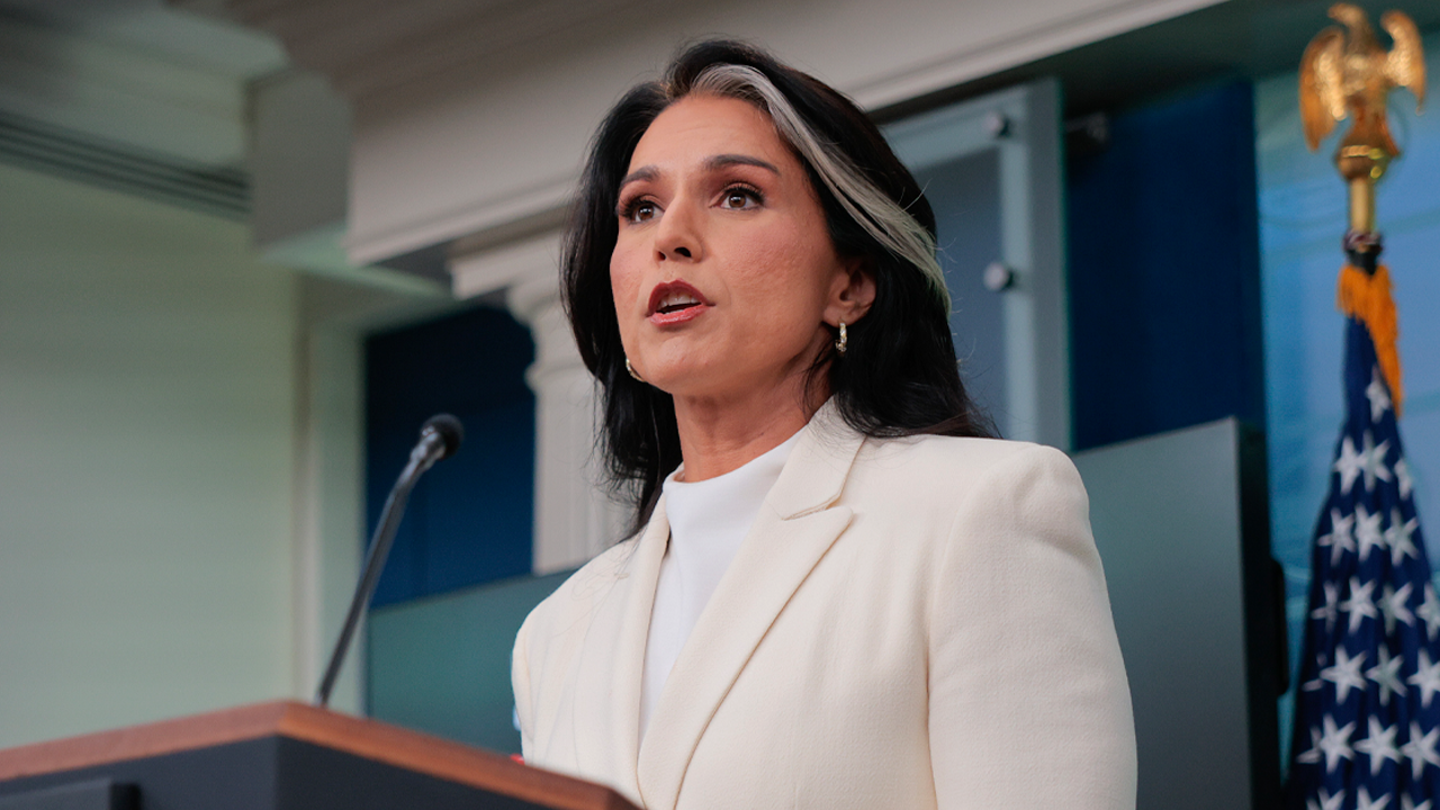
Gabbard launches 'ODNI 2.0,' with plan to cut workforce by 40%
Entities mentioned:
- Tulsi Gabbard: Determination, Righteousness, Professional pride
- ODNI (Office of the Director of National Intelligence): Efficiency, Security, Duty
- President Trump: Leadership, Control, Security
- Intelligence Community: Duty, Security, Professional pride
Article Assessment:
Credibility Score: 65/100
Bias Rating: 70/100 (Lean Right)
Sentiment Score: 65/100
Authoritarianism Risk: 55/100 (Mixed/Neutral)
Bias Analysis:
The article leans right, presenting the ODNI restructuring in a positive light and emphasizing Trump's leadership. It primarily presents the administration's perspective without significant counterpoints or critical analysis.
Key metric: Government Efficiency and National Security
As a social scientist, I analyze that this article describes a significant restructuring of the Office of the Director of National Intelligence (ODNI) under the leadership of Tulsi Gabbard. The transformation, dubbed 'ODNI 2.0', aims to address issues of inefficiency, politicization, and abuse within the intelligence community. The proposed changes, including a 40% workforce reduction and $700 million in annual savings, represent a major shift in how U.S. intelligence operations are conducted. This restructuring could have substantial impacts on national security processes, government spending, and the overall effectiveness of intelligence gathering and dissemination. The focus on eliminating politicization and rebuilding trust suggests an attempt to address perceived failures in the intelligence community's recent history. However, such dramatic changes may also lead to short-term disruptions in intelligence operations and potential resistance from within the organization.

Gabbard removes clearances from 37 officials at Trump's direction over politicizing intelligence
Entities mentioned:
- Tulsi Gabbard: Duty, Justice, Loyalty
- Donald Trump: Power, Control, Revenge
- James Clapper: Influence, Self-preservation, Loyalty
- Intelligence Community: Professional pride, Security, Duty
Article Assessment:
Credibility Score: 65/100
Bias Rating: 70/100 (Lean Right)
Sentiment Score: 30/100
Authoritarianism Risk: 75/100 (Authoritarian Tendencies)
Bias Analysis:
The article leans right due to its uncritical presentation of the administration's actions and rationale. It heavily relies on Gabbard's statements without presenting opposing viewpoints or context from affected officials.
Key metric: Government Accountability and Transparency
As a social scientist, I analyze that this action represents a significant shift in the relationship between the executive branch and the intelligence community. The revocation of security clearances for 37 current and former officials, at the direction of President Trump, indicates an attempt to assert control over the intelligence apparatus and potentially silence dissenting voices. This move could have far-reaching implications for government accountability and the independence of intelligence agencies. The justification of politicization of intelligence raises questions about the separation of intelligence work from political influence, which is crucial for maintaining the integrity and effectiveness of national security operations. This action may deter future officials from providing candid assessments that contradict political narratives, potentially compromising the quality and objectivity of intelligence analysis.